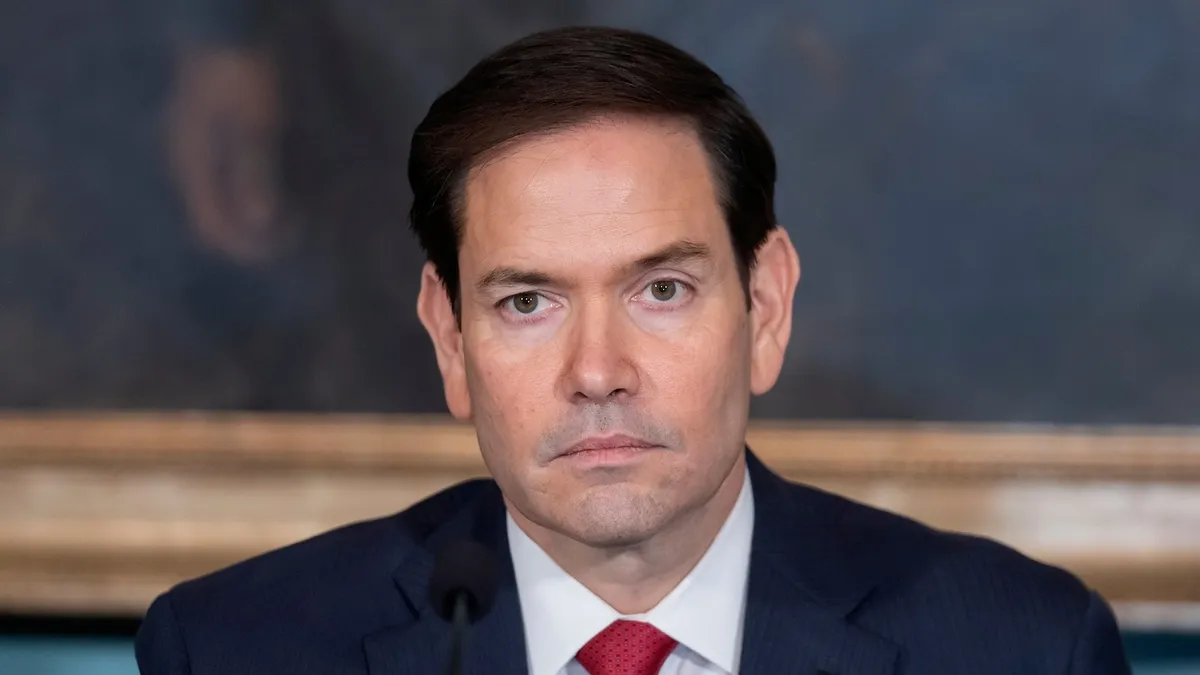
The State Department is set to release a critical letter to all employees on Thursday evening, officially informing them of its plans to implement a “targeted reduction in domestic workforce.” This significant announcement comes amidst ongoing efforts to streamline operations and enhance the department's efficiency.
The letter, signed by Deputy Secretary for Management and Resources Michael Rigas, expresses gratitude to the employees affected by the reduction. “Soon, the Department will be communicating to individuals affected by the reduction in force. First and foremost, we want to thank them for their dedication and service to the United States,” it reads. This acknowledgment highlights the department’s commitment to transparency and respect during this challenging transition.
According to the letter, once notifications have been dispatched, the State Department will enter the “final stage” of its reorganization process. This phase will see the implementation of the new organizational chart introduced by Secretary of State Marco Rubio earlier this year. This extensive reorganization is being described by senior officials as “the most complicated reorganization in government history.”
Officials have emphasized that these workforce reductions are primarily aimed at eliminating Cold War-era redundancies and functions that no longer align with the current administration’s foreign policy priorities. “At the end of the day, we have to do what’s right for the mission,” stated one senior official, underlining the necessity of these changes for the department's operational effectiveness.
The State Department previously reported its intention to reduce its domestic workforce by approximately 15% as part of this comprehensive reorganization. Notably, senior officials indicated that more than half of this reduction target would be achieved through “voluntary reductions.” This refers to employees who have opted to participate in the deferred resignation plan communicated via the “Fork in the Road” emails sent out earlier this year.
Importantly, the department has clarified that there are no current plans to reduce its workforce stationed overseas. “The secretary wants to take this one step at a time,” remarked one official, indicating a cautious approach to further changes. This strategy aims to ensure that the State Department maintains its effectiveness in fulfilling its international responsibilities.
In light of the impending workforce reductions, officials have defended the decision to cut some highly trained foreign service officers rather than reassign them to different roles. This approach has raised questions but is seen as part of the larger strategy to reduce unnecessary bureaucracy within the department.
As the State Department embarks on this transformative journey, it is essential to recognize the broader implications of these changes on U.S. foreign policy and international relations. The department's commitment to a streamlined and efficient workforce is aimed at better serving the interests of the United States on the global stage.